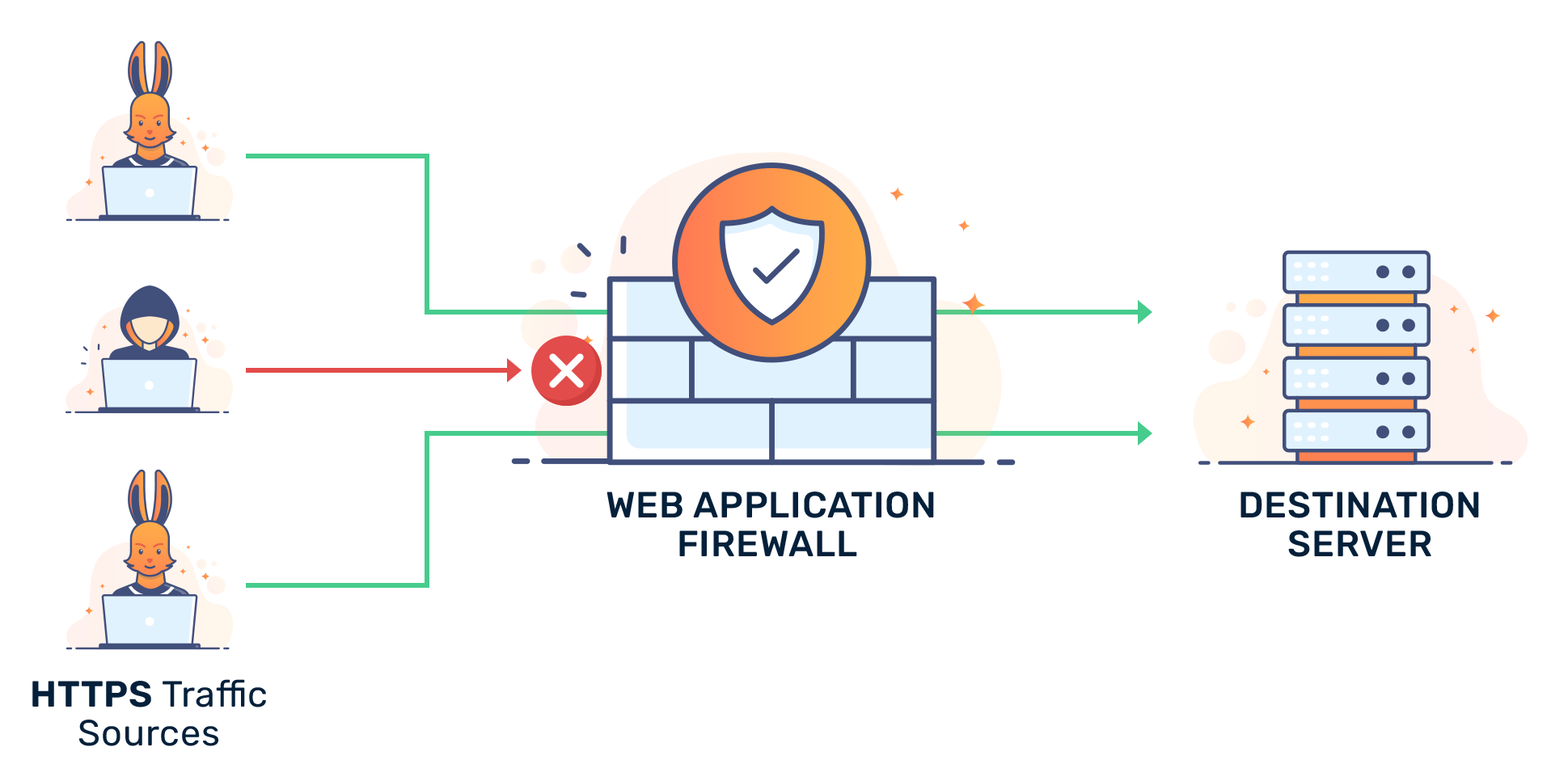What is a Web Application Firewall (WAF) and How Does it Protect Your Website?
WAFs - their pros, cons, and how they work.

WAFs - their pros, cons, and how they work.

A Web Application Firewall, as the term firewall implies, is a middleman that sits between web applications on a web server and the Internet. A WAF serves two major functions: preventing malicious traffic from reaching web applications hosted on a server and preventing unauthorized data from leaving the web server. In the Open Systems Interconnection (OSI) seven-layer model, a WAF operates at the application level, which is the seventh and highest level.
Conceptually, a WAF works like a reverse proxy. A proxy typically protects client machines’ identities from web servers by positioning itself in the middle of the data flows between client and server machines. For a WAF, its protection acts in the reverse direction: it positions itself in the middle of data flows between the server and client machines to protect the server from potentially malicious traffic originating from clients.

Some of the attacks that malicious clients can launch on web applications include cross-site scripting (XSS), cross-site forgery, SQL injection, file inclusion, and cookie poisoning. To prevent such attacks, a WAF monitors and examines every single data packet going in and out of a web server to ensure that the data packets are safe.
WAFs operate through policies that establish what malicious traffic and safe traffic look like. Broadly, these policies fall into two categories: a block model where traffic resembling known attacks is denied passage through the WAF, and an allow model where pre-approved traffic is granted passage. Most WAFs do not exclusively depend on policies from a single model because each model has inherent weaknesses. Therefore, WAFs tend to employ a hybrid model with both block and allow policies for maximum effectiveness.
There are three major ways to deploy a WAF on a web server: network-based, host-based or cloud-based.
The layer of the OSI model that supports applications and web-pages.
Web Application Firewall.
Open Systems Interconnection Model. A seven-layer model that describes how different parts of networks function.